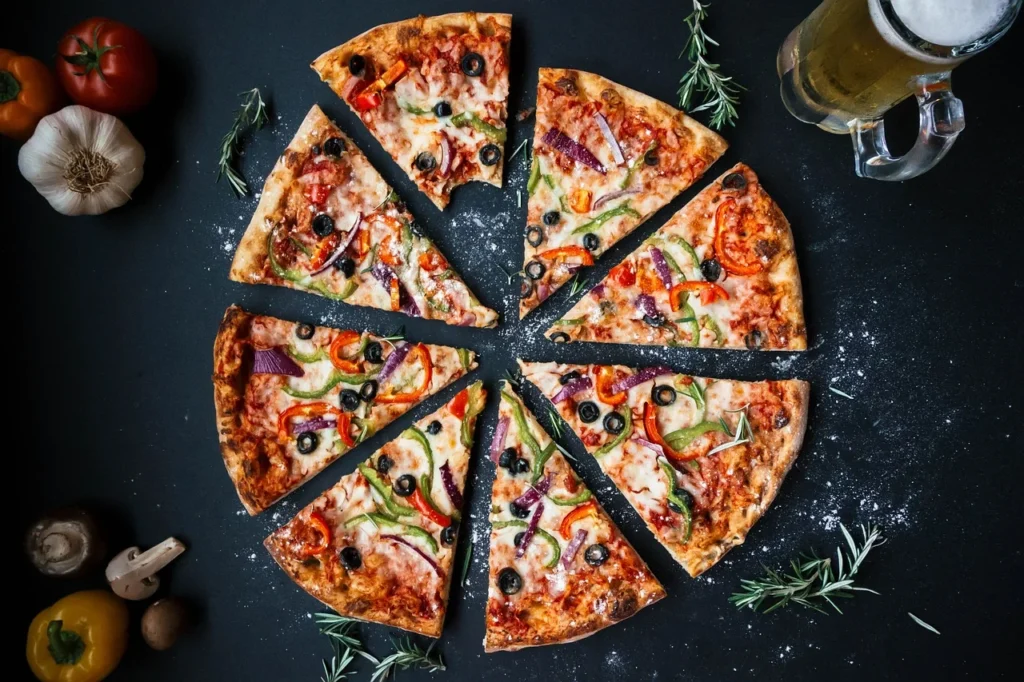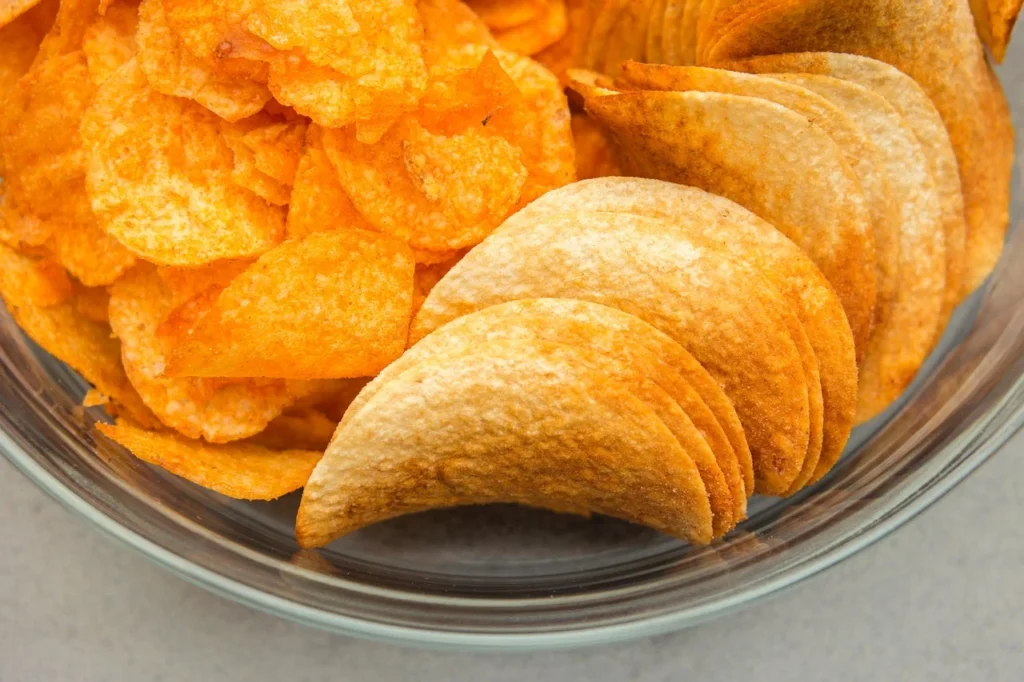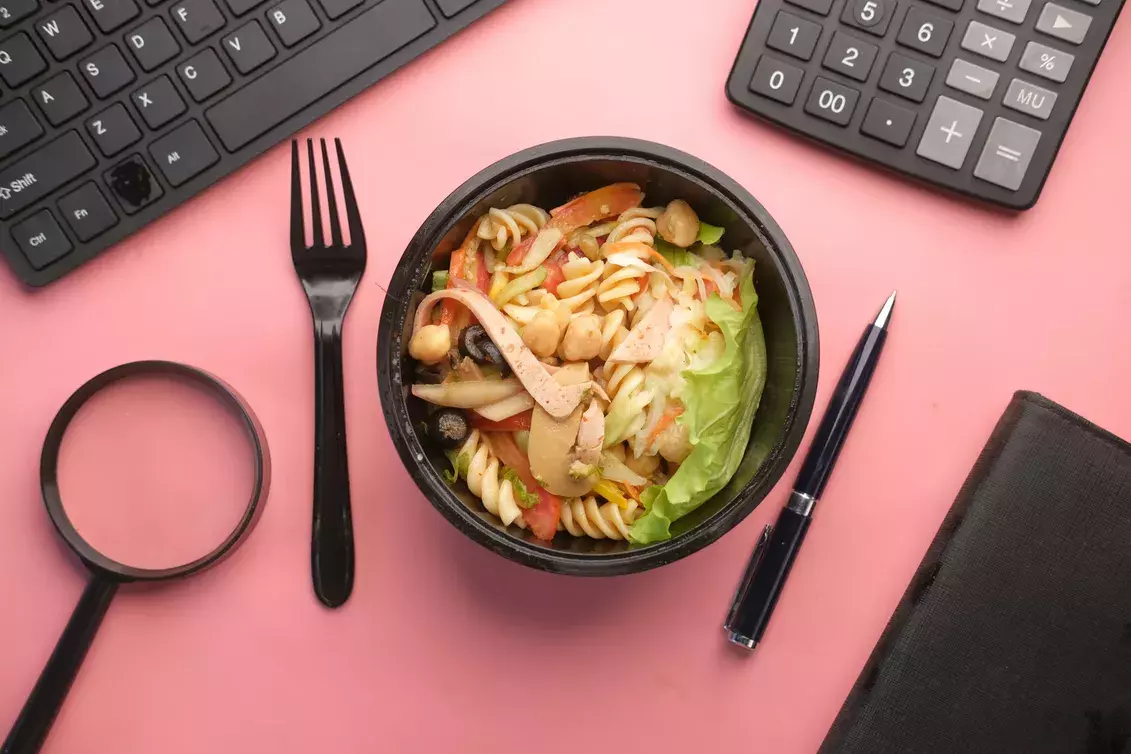In moments of stress or emotional upheaval, many of us find ourselves reaching for particular foods rich, carb-heavy, salty, or sugary treats that provide a sense of relief, albeit temporary. These comfort foods are often associated with childhood memories, feelings of safety, or even nostalgia. But what exactly drives us to crave certain foods when were stressed, and why do these foods make us feel better, if only for a little while?
This article delves into the psychology and science behind comfort food cravings during stress, exploring the reasons behind these cravings, the types of foods we typically reach for, and how our brains and bodies respond to them.
Also. check out how to live a stress-free life by incorporating wellness strategies like mindfulness, deep breathing, and a balanced diet. These approaches not only help manage stress but also foster long-term mental and emotional well-being.
The Science of Stress and Cravings
When we encounter stress whether it’s work-related, emotional, or situational our bodies respond by releasing a cocktail of hormones. The primary hormone associated with stress is cortisol, which plays a significant role in triggering cravings. Elevated cortisol levels have been linked to increased hunger and cravings for high-calorie foods, particularly those rich in sugar and fat. This is an evolutionary response; in times of stress, our ancestors needed quick energy to face challenges or threats, so their bodies encouraged the consumption of calorie-dense foods.
Additionally, stress activates the brain’s reward system, particularly the release of dopamine, a neurotransmitter associated with pleasure and reward. Eating certain types of food especially those high in sugar or fat, can stimulate this reward system, temporarily relieving stress and producing feelings of comfort and happiness.
Emotional Eating and Its Roots
Comfort food cravings are often tied to emotional eating, which is the tendency to eat in response to emotions rather than physical hunger. Emotional eating can stem from various psychological factors, including:
1. Nostalgia and Childhood Associations
Many comfort foods are linked to positive memories, particularly from childhood. A warm bowl of mac and cheese, a slice of pie, or freshly baked cookies may remind us of home, family, or special occasions. These foods offer a sense of emotional security, helping us momentarily escape the challenges of the present by transporting us back to a simpler, more comforting time.
2. The Desire for Control
In times of stress, when many aspects of life feel chaotic or overwhelming, food can become a source of control. Choosing and consuming certain foods can provide a sense of agency and autonomy, even if it’s fleeting. For some, preparing or eating comfort food becomes a ritual that helps them regain a sense of balance.
3. The Need for Instant Gratification
Stress often causes people to seek immediate relief. Sugary or fatty foods provide a quick boost in energy and mood because they activate the brain’s pleasure centers rapidly. While the effect is temporary, it offers a moment of respite, which is especially appealing during prolonged periods of stress.
Common Comfort Foods People Crave During Stress
There’s no universal comfort food, what one person finds soothing may not be the same for another. However, research has identified certain types of foods that are more commonly craved during stressful periods, largely due to their psychological and physiological effects.
1. Carbohydrates: Bread, Pasta, and Potatoes
Carbohydrates are often the go-to comfort food for many people. Foods like bread, pasta, mashed potatoes, and rice have a unique ability to boost serotonin levels in the brain. Serotonin is a neurotransmitter that helps regulate mood, and increased serotonin levels can promote a sense of calm and well-being.

Carbohydrate-heavy foods are often soft, warm, and filling, making them physically and emotionally comforting. For example, the simple act of eating a bowl of spaghetti or a baked potato can evoke feelings of satisfaction and warmth, both of which are soothing when someone is under stress.
2. Sugary Treats: Chocolate, Ice Cream, and Candy
Sugary snacks like chocolate, ice cream, and candy are among the most common comfort foods. The consumption of sugar activates the brain’s reward pathways, creating a quick dopamine release that makes us feel good. This explains why, in stressful situations, we might find ourselves reaching for chocolate bars or bowls of ice cream.

Interestingly, chocolate in particular has an additional layer of appeal. It contains compounds like phenylethylamine, which can mimic the feeling of love or pleasure, adding to its comforting effects. Dark chocolate also has a mood-boosting effect due to its antioxidant content, further driving our desire to consume it during stressful times.
3. Fatty Foods: Pizza, Burgers, and Fried Chicken
Fatty, greasy foods like pizza, burgers, and fried chicken are staples of comfort eating, particularly in Western cultures. These foods are not only calorie-dense but also rich in fat, which our brains interpret as a quick source of energy.

There’s also a psychological component to these cravings. Fast food, for instance, is often associated with indulgence or reward.
4. Salty Snacks: Chips, Popcorn, and Pretzels
Salty snacks like chips, popcorn, and pretzels are another popular choice during stressful times. These crunchy, salty treats provide a tactile satisfaction, and the act of chewing can sometimes help alleviate feelings of tension. Salt can also enhance the flavor of foods, making them more appealing when we’re looking for quick gratification.

There’s a neurological reason behind our craving for salt as well. When stressed, our adrenal glands produce more aldosterone, a hormone that helps regulate salt levels in the body. This may increase the desire for salty foods as a way of replenishing the body’s sodium levels during times of stress.
5. Caffeinated Drinks and Sugary Beverages
Caffeine, found in coffee, tea, and energy drinks, is often consumed during stressful periods to stay alert and focused. However, it also has mood-enhancing properties, as it stimulates the release of dopamine and serotonin. For many people, the ritual of drinking coffee in the morning or during stressful situations becomes a source of comfort in itself.

Similarly, sugary drinks like soda and flavored lattes provide an immediate energy boost thanks to their high sugar content, which can quickly elevate mood. However, this is often followed by a crash, leading to a cycle of craving more sugar.
The Downside of Relying on Comfort Food
While indulging in comfort foods can provide temporary relief from stress, it’s important to recognize the potential downsides. Many comfort foods are high in calories, sugar, and unhealthy fats, which can lead to weight gain, sluggishness, and other health issues when consumed in excess. Over time, relying on comfort food as a coping mechanism for stress can contribute to emotional eating patterns and, in some cases, even lead to food addiction.
Healthier Alternatives to Comfort Food Cravings
While it’s okay to indulge in comfort food occasionally, finding healthier alternatives can help manage stress without the negative side effects. Here are a few options:
- Nuts and Seeds: Rich in healthy fats, fiber, and protein, nuts and seeds offer a satisfying crunch and help stabilize blood sugar levels, reducing mood swings.
- Dark Chocolate: Opt for dark chocolate with high cocoa content for a healthier way to satisfy a sweet tooth. It’s lower in sugar and contains antioxidants that may boost mood.
- Greek Yogurt with Berries: A combination of protein and natural sweetness, Greek yogurt with fresh fruit can be a nourishing and comforting snack.
- Whole-Grain Toast with Avocado: Whole grains provide a steady release of energy, while avocado offers healthy fats that support brain function.
- Herbal Teas: Herbal teas like chamomile, peppermint, or lavender have calming properties and can provide comfort without the caffeine crash.
Comfort food cravings during stress are a natural and common response, deeply rooted in both our physiology and psychology. While indulgence in comfort foods can offer temporary relief, it’s essential to strike a balance and recognize the long-term effects these foods can have on our health and well-being.

 The Ultimate Guide to Health and Beauty
The Ultimate Guide to Health and Beauty 10 Outdoor Cardio Ideas to Energize Your Workouts and Boost Fitness
10 Outdoor Cardio Ideas to Energize Your Workouts and Boost Fitness